I was on tenterhooks when FromSoftware surprised us all with a brand-new game at TGA 2024. Hidetaka Miyazaki repeatedly said he was done with Elden Ring: no more DLC and definitely no sequel. Yet here was a trailer showing us a beautiful sweeping shot of what looked to be Limgrave, with characters moving as fluidly as Wolf did in Sekiro. Returning to this meticulously handcrafted world for one more adventure, especially after Shadow of the Erdtree — easily the studio’s magnum opus — was a thrilling idea that caught me completely off guard. Then came the reveal that it was a roguelite.
I love roguelites. I love soulslikes. Smash ‘em together and I should be excited. But the idea that FromSoftware could miraculously summon a mechanically rich roguelite within a year, while also introducing seamless co-op for the first time in Soulsborne history, was as believable as the mountain of treasure Patches claims is right down that hole. Just lean over and take a peek, I promise I won’t kick you.
What do we even call a Soulslike roguelite… A Soulsrogue?
It looked like a hastily thrown-together asset flip to tide us over until whatever the next ‘real’ project was. But after five hours of hands-on with the game, and despite only seeing a fraction of what’s in store, I was proven completely wrong.
Randomisation Keeps Nightreign Fresh
Soulslike games have always offered an incredible amount of customisation. You can be a glass cannon who fires devastating whirlwinds of magic, shredding through a boss’ health bar, or you can clobber enemies over the head with a big stick. Even within these builds, each player’s approach will differ due to the sheer variety of weapons.
Nightreign takes that philosophy even further. Classes have been replaced by eight Nightfarers, unique characters with distinct ultimate abilities and starting gear, and levelling has been streamlined so that you increase every stat at once, rather than fine-tuning each individually. It sounds like there’s less wiggle room for customisation, but with every run being random, you’re forced to use whatever you can get your hands on. Builds you’d never think to use naturally emerge and make the entire experience feel more varied.
Weapons also have passive abilities, and there are boons that alter how your flask works, how fast you regen stamina, increase I-frames when rolling, etc., that all play into the randomness, bolstering variety even further.
I have over 600 hours in Elden Ring across two platforms, and yet I’ve never used the Envoy’s Long Horn. It was the highest-level weapon I found during one of my runs in Nightreign, however, so I had to learn its moveset on the fly. I even powered through one run with a bow and arrow, and it inspired me to go back to Elden Ring and design an entire archer build. This is why randomised Twitch streams are one of the most popular challenges, because there’s so much more to the Soulsborne series than most people will ever see.
I was wary of FromSoftware rushing out an Elden Ring roguelite, and wondered how much depth a game like that could have so soon after the original, but the depth has always been there. Roguelites thrive on the synergy of each weapon and ability, no matter how randomly paired they might seem, and Elden Ring, as well as every other soulslike, is built on that same synergy.
By removing the stat requirements altogether and making every single weapon matter, unique builds appear in every run. It’s hard to imagine getting tired of Nightreign when you’re thrust into using bizarre weapons and spells you’d otherwise leave in the Sort Chest. The bones of Elden Ring would have always worked in this genre, and director Junya Ishizaki has done an incredible job at finding the right ways to make it feel organic. And one of the team’s chief inspirations comes from an incredibly surprising place — battle royales.
The Battle Royale Inspirations Are Surprisingly Welcome
Souls games work by interspersing checkpoints and bosses throughout an area, allowing you to learn them inside and out through rigorous trial and error. You’re forced to perfect the runback to every fog wall and battle the same boss over and over again until every beat of their moveset becomes muscle memory. Throwing all of that out for randomised runs, as unique as each build might be, risked upending the entire soulslike formula.
The Ring of Fire, which works like Fortnite’s storm, prevents that. Mastering areas just isn’t possible anymore, because they change every time. But each match is a rapid-fire microcosm of the usual Elden Ring experience because of the encroaching battle royale-style circle. Bosses and enemies might be random, but every match feels like stepping out of the Stranded Graveyard into Limgrave for the first time.
Literally, my team got dropped next to a magic Tree Sentinel twice.
As we learned in Elden Ring, it’s not a great idea to charge at the Tree Sentinel, nor is it smart to make a beeline for Margit and Stormveil Castle. In Nightreign, a similar rhythm emerges. Instead of fighting the hardest bosses you can find for the most Runes, taking it slow and finding upgrades to your healing flask at nearby churches, while also picking off more manageable minibosses, is more advisable.
It’s like reliving those opening hours on a loop, but it’s fresh every time. It does take some getting used to, relearning the map over and over again, but the intimate familiarity you build with FromSoftware’s world design is as rewarding as the handcrafted runbacks in past Soulsborne games, even if the structure is radically different.
FromSoftware Has Perfected Soulslike Co-Op
Concerns about it being a rush job, or the roguelite and battle royale elements not fitting, were just the tip of the iceberg. My biggest worry was how seamless co-op would work in a soulslike game. But FromSoftware knocked it out of the park first try.
In other Soulsborne games, dying as a host means your summons get sent back home. In Elden Ring Nightreign, there’s a more traditional revive system, but with a classic FromSoftware spin — you have to attack your fallen teammates to get them back up.
Even familiar bosses from Elden Ring and past games are made to feel fresh with new movesets befitting three players.
It’s an incredibly intuitive system that better fits the soulslike formula. The more someone dies, the harder they are to revive, which means dying during the final boss of each day is still punishing. You have to balance dodging attacks while also landing hits on your allies to get them up, which can take a while if they’ve gone down a few times. That means you need to judge, during an already high-octane fight, whether it’s worth the risk — and frankly, whether your teammates will be much help anyway.
If you die in the open world, however, there’s a timer thrown on top. But in what is perhaps the most forgiving mechanic in a Soulsborne game, if it runs out before you get revived, you simply respawn one level weaker. FromSoftware has taken a classic co-op mechanic and made it feel at home in Elden Ring, as there’s still an edge to how co-op works without it feeling nearly as obtuse or archaic. Trying to explain the rigmarole of summon signs, level ranges, and equipment restrictions to newcomers was always an uphill battle, but in Nightreign, FromSoftware found a way to integrate seamless co-op without sacrificing what makes soulslikes so unique.
Just five hours with Elden Ring Nightreign, against only one of its eight Night Lords, has put my mind at ease. This is as in-depth and satisfying to master as any other soulslike, while also standing out from every other FromSoftware game. It’s an impressive feat, and I was already eager to go back for another five, or more likely 50, hours while I sat in the airport, ready to fly home.
Nightreign feels one part roguelite, one part soulslike, one part battle royale, and another part extraction shooter. It’s a mishmash of trends, using the bones of another game, launching a year after a hugely expansive DLC for its predecessor. It should be a complete trainwreck. Yet everything flows together meticulously and makes for a truly rewarding experience that condenses the soulslike loop into a short, but still incredibly satisfying burst.
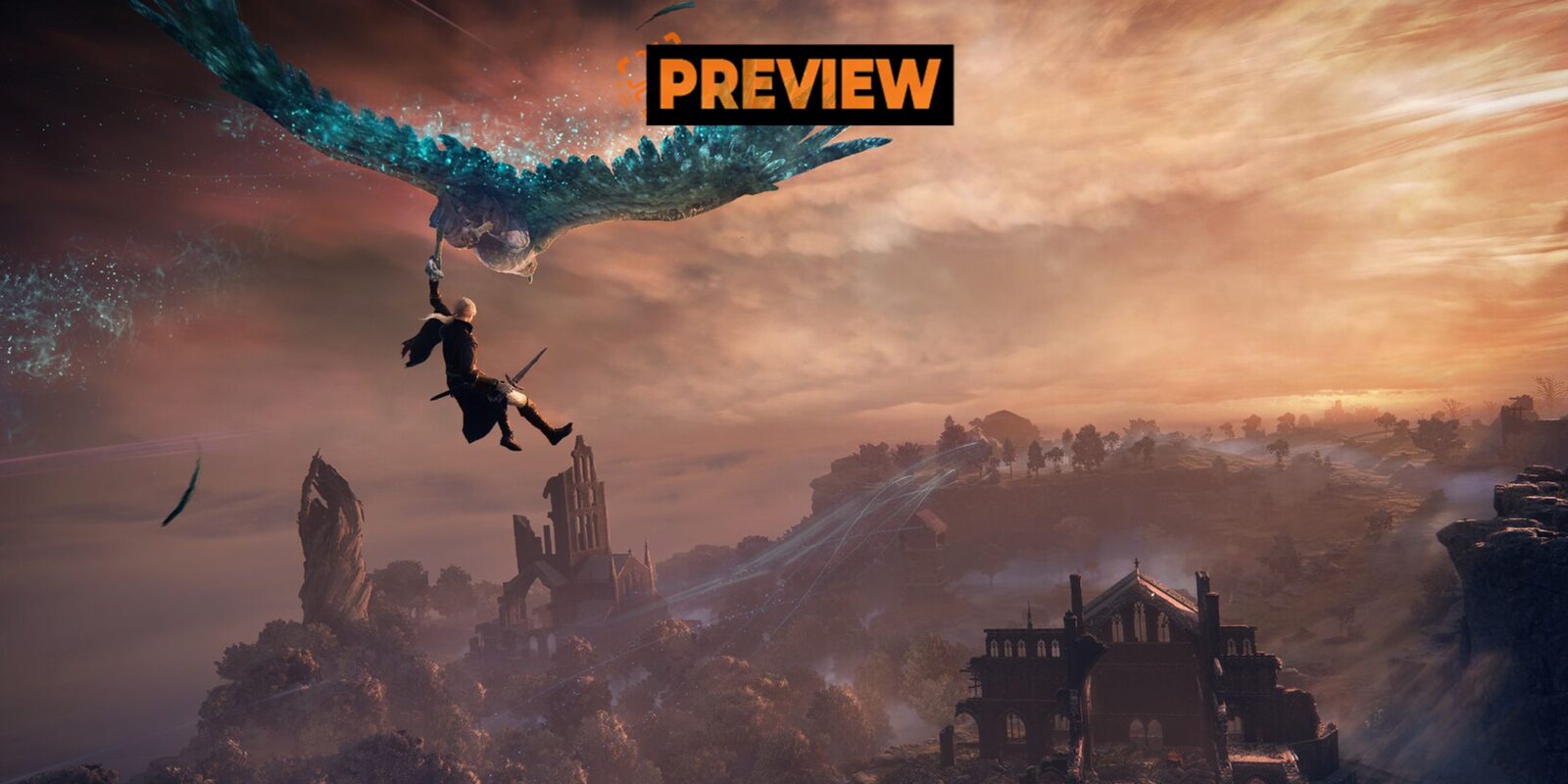

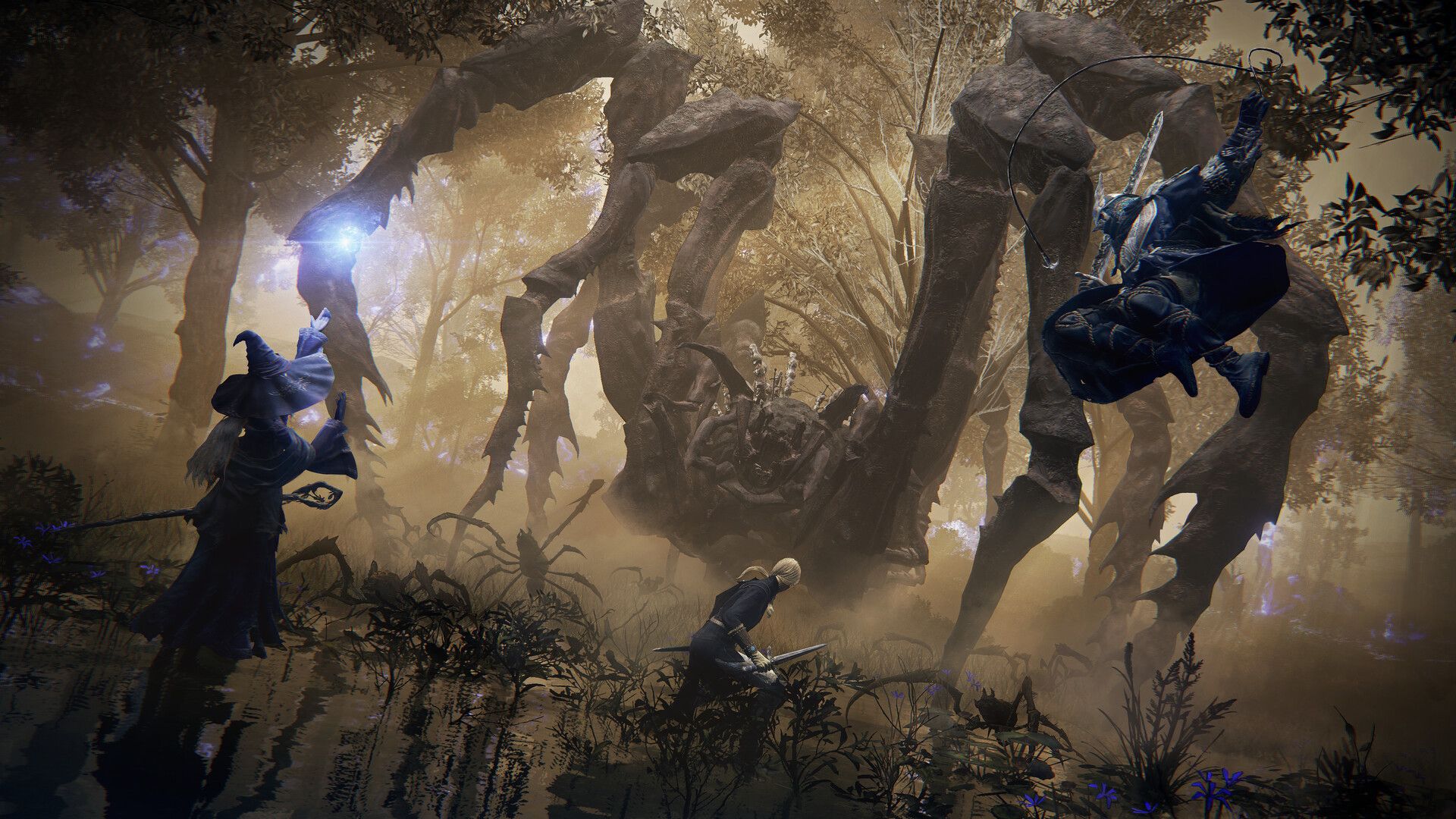
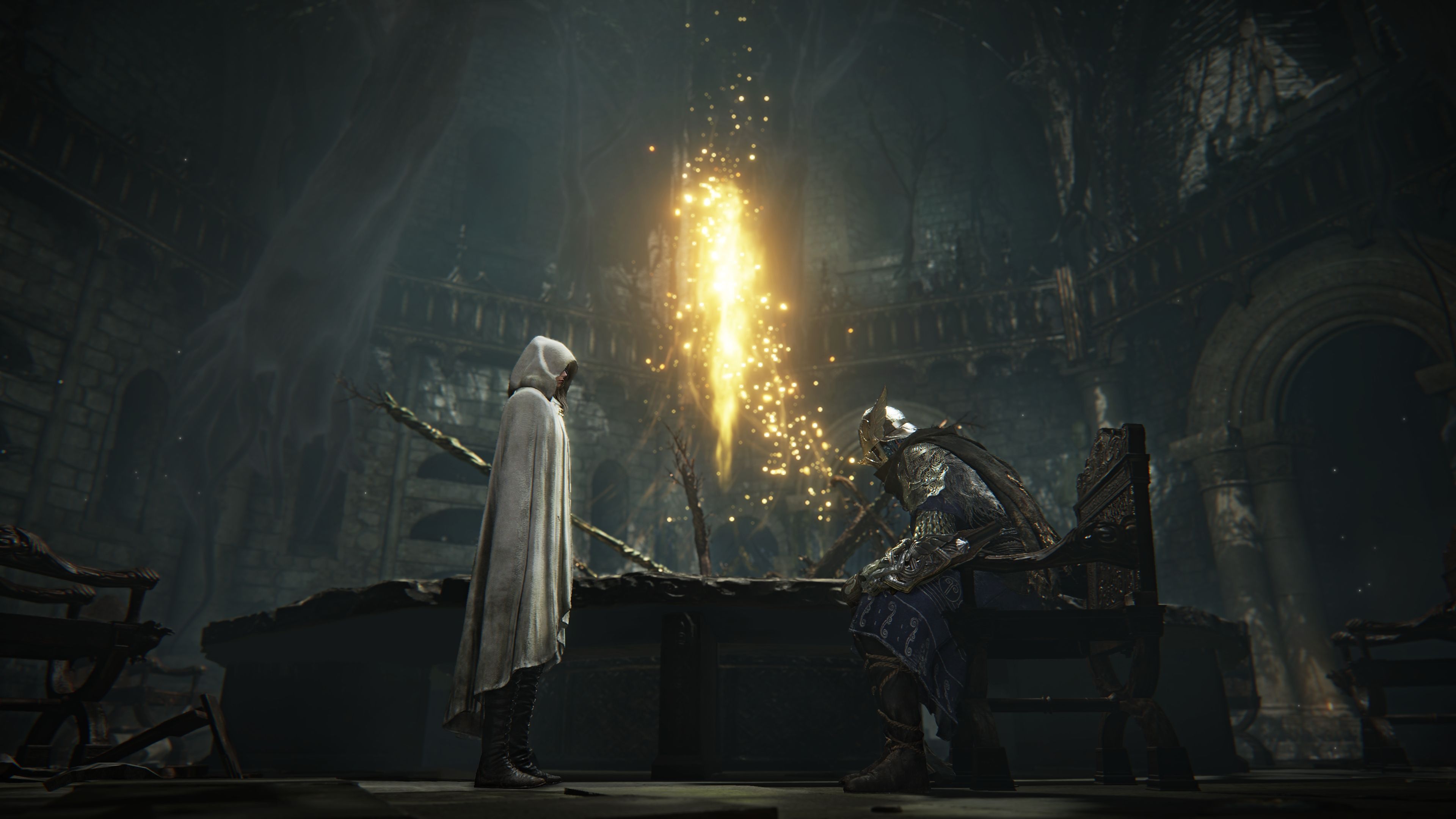
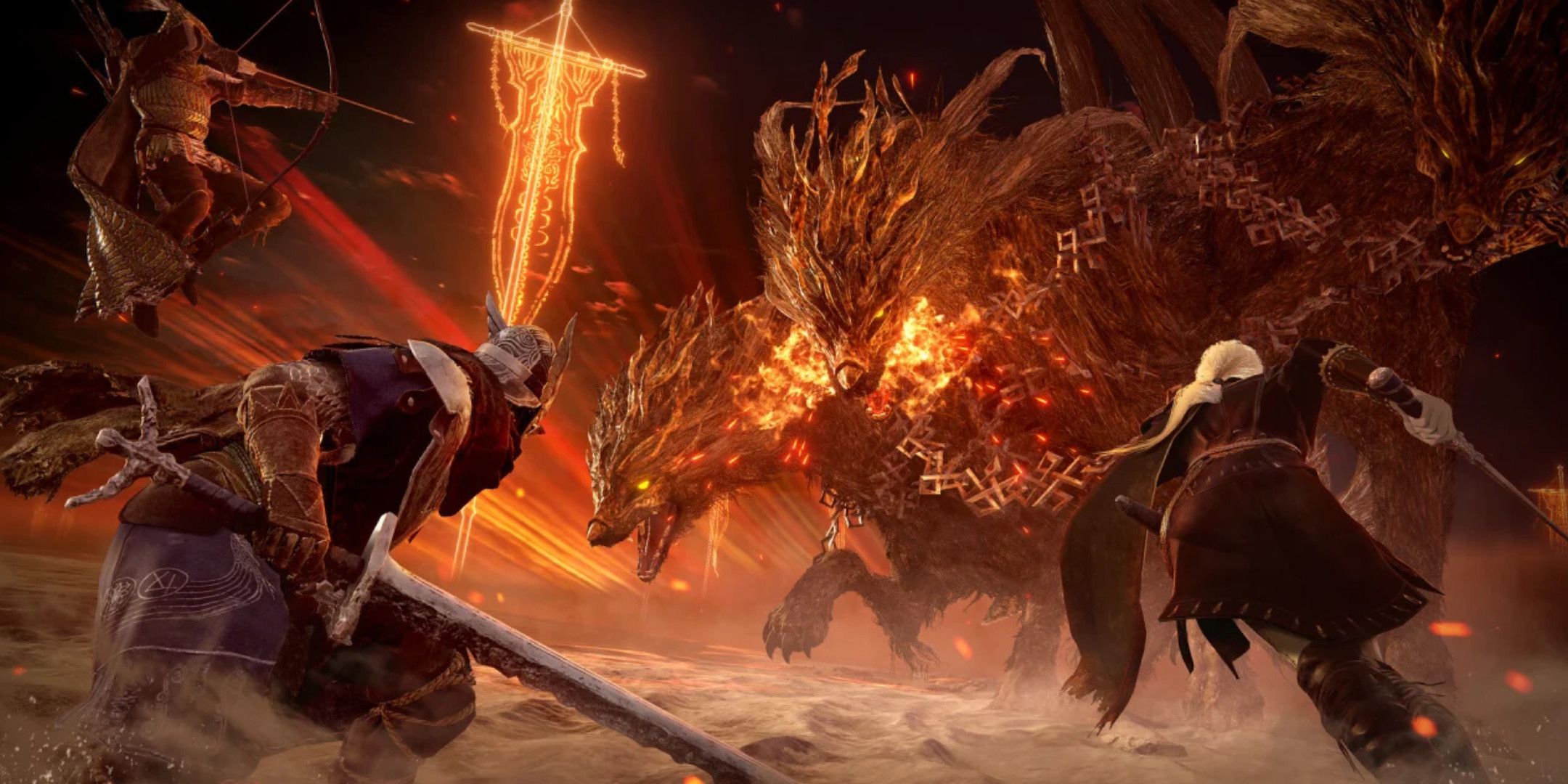
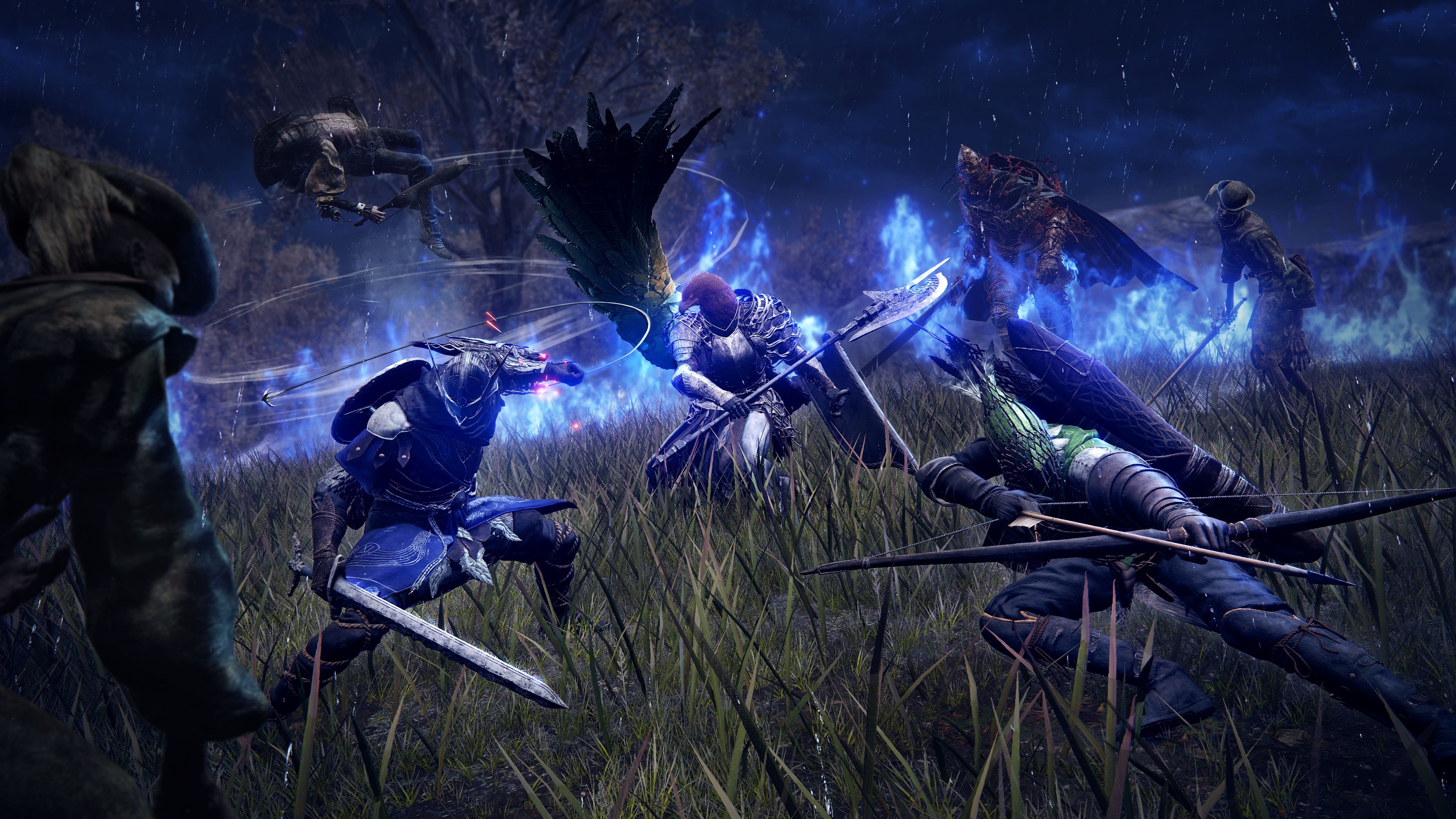
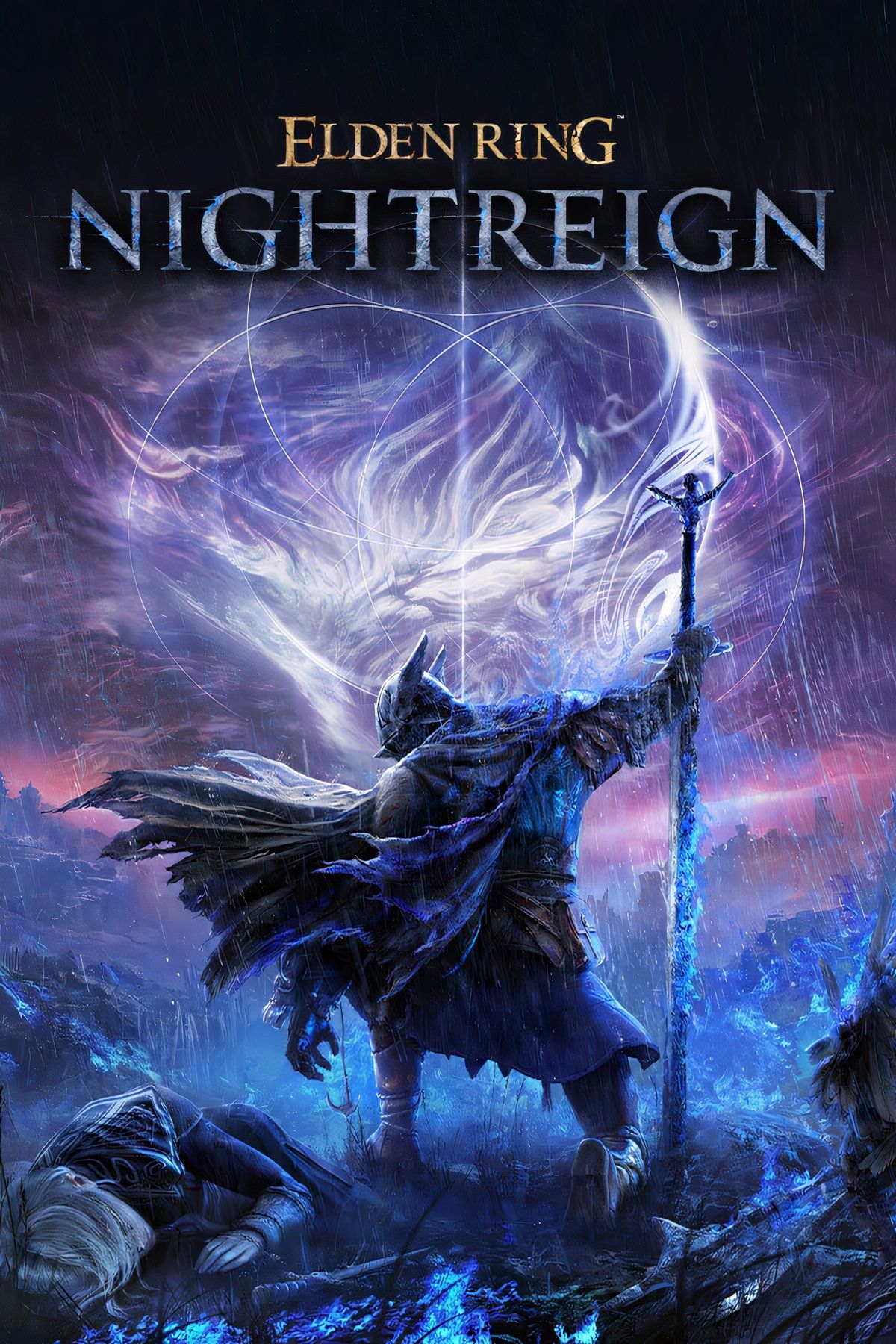












Leave a Reply